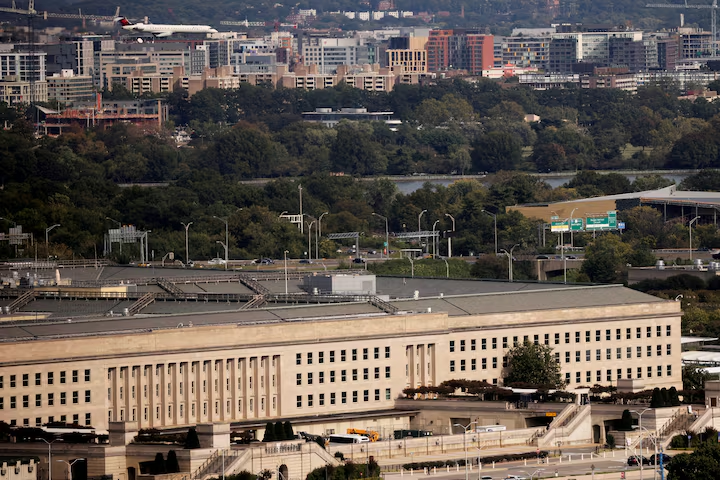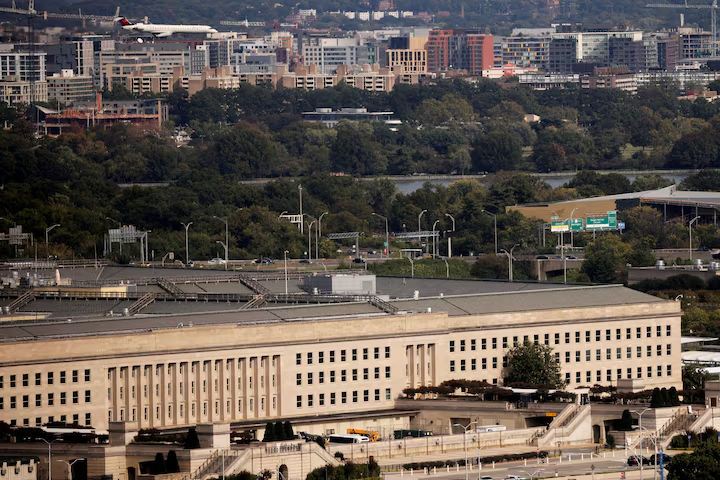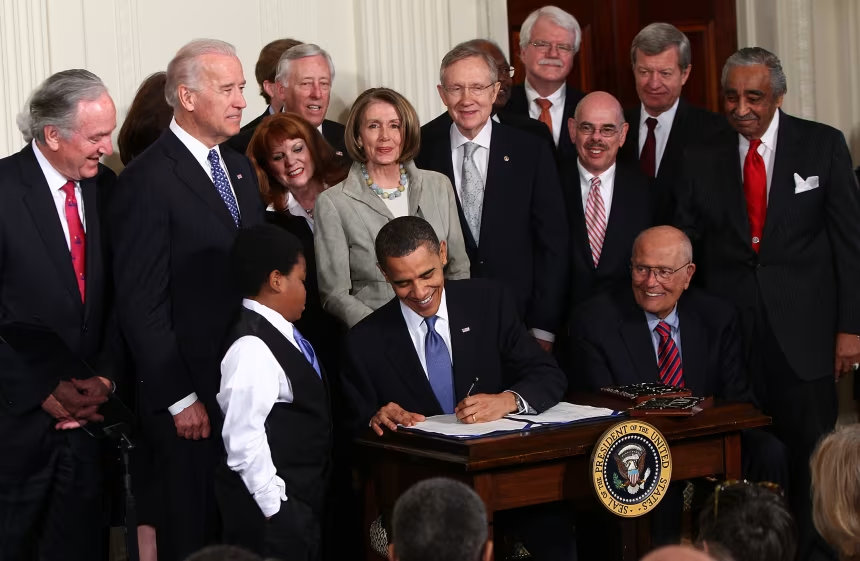Summary
- The Voting Rights Act prohibits racial bias in elections. The Supreme Court is revisiting a Louisiana redistricting case, and Republicans stand to gain if the law is weakened.
- A cornerstone of U.S. law, the Voting Rights Act bans racial discrimination in voting. The Supreme Court is hearing a Louisiana case again — a ruling could favor Republicans if the Act is narrowed.
- Designed to prevent racial inequality at the polls, the Voting Rights Act returns to the spotlight as the Supreme Court reconsiders a Louisiana case. A decision limiting the law could aid Republicans.
- The Voting Rights Act, which safeguards against racial discrimination in voting, is once again before the Supreme Court in a Louisiana dispute — a case that could tilt in Republicans’ favor.

WASHINGTON, Oct 15 (Reuters) – On Wednesday, the U.S. Supreme Court will hear arguments in a Louisiana redistricting case that could weaken a cornerstone of the 1965 Voting Rights Act, which was passed to combat racial bias in elections.
Black voters have appealed a court decision that invalidated Louisiana’s redrawn map — one that added a second Black-majority district — on the grounds it relied excessively on race and breached the Constitution’s equal protection clause.
Louisiana, where Black people make up roughly a third of the population, has six U.S. House of Representatives districts. Black voters tend to support Democratic candidates.
The Supreme Court has a 6-3 conservative majority. The case gives the conservative justices a chance to undercut a central element of the Voting Rights Act. The law’s Section 2 prohibits electoral maps that would result in diluting the clout of minority voters, even without direct proof of racist intent.
This provision gained greater significance as a bulwark against racial discrimination in voting after the Supreme Court, in a 2013 ruling authored by conservative Chief Justice John Roberts, gutted a different part of the same law.
The state legislature responded by drawing a new map that added a second Black-majority district. This map prompted a separate lawsuit by 12 Louisiana voters who described themselves in court papers as “non-African American.” They argued that the second Black-majority district unlawfully reduced the influence of non-Black voters like them. White people make up a majority of Louisiana’s population.
The redrawn map relied too heavily on race in violation of the equal protection principle, a three-judge panel found in a 2-1 ruling, prompting the appeal to the Supreme Court.
The Supreme Court will hear arguments for the second time this year in the case. It also did so in March but then in June sidestepped a decision and ordered another round of arguments.
The state initially had appealed the three-judge panel’s ruling and argued in March on the same side as the Black voters. But it has now changed its stance and is urging the justices to forbid race-conscious map-drawing altogether.









